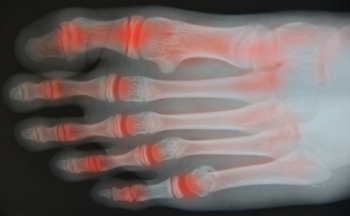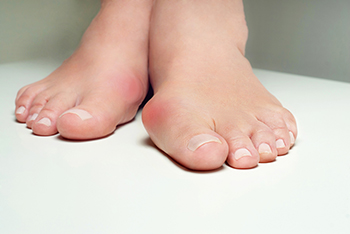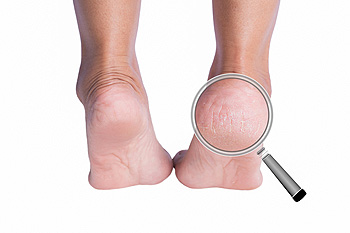
Stress fractures can occur in the bones of the feet when tiny cracks develop over an extended period due to repetitive force. When determining if a person is able to engage in exercise when recovering from a stress fracture, a medical professional will have to assess the particular circumstances of the individual’s unique case. If the stress fracture is not too severe, your medical professional might suggest engaging in a range of motion exercise. These specific exercises can improve mobility in the foot and ankle region. They should also not cause the patient any pain. Alternatively, someone recovering from a stress fracture might be able to engage in strengthening exercises to rebuild strength in the muscles of the feet. If you are suffering from a stress fracture in the feet, it is recommended that you contact a podiatrist today for treatment and advice.
Activities where too much pressure is put on the feet can cause stress fractures. To learn more, contact Dean Kim, DPM from Greater Texas Foot & Ankle Specialist. Our doctor can provide the care you need to keep your pain free and on your feet.
Dealing with Stress Fractures of the Foot and Ankle
Stress fractures occur in the foot and ankle when muscles in these areas weaken from too much or too little use. The feet and ankles then lose support when walking or running from the impact of the ground. Since there is no protection, the bones receive the full impact of each step. Stress on the feet can cause cracks to form in the bones, thus creating stress fractures.
What Are Stress Fractures?
Stress fractures occur frequently in individuals whose daily activities cause great impact on the feet and ankles. Stress factors are most common among:
- Runners
- People affected with Osteoporosis
- Tennis or basketball players
- Gymnasts
- High impact workouts
Symptoms
Pain from the fractures occur in the area of the fractures and can be constant or intermittent. It will often cause sharp or dull pain with swelling and tenderness. Engaging in any kind of activity which involves high impact will aggravate pain.
If you have any questions please feel free to contact our office located in Frisco, TX . We offer the newest diagnostic and treatment technologies for all your foot and ankle needs.










